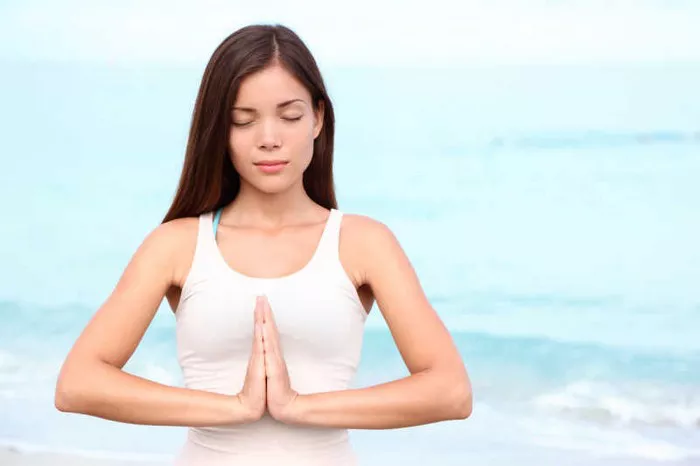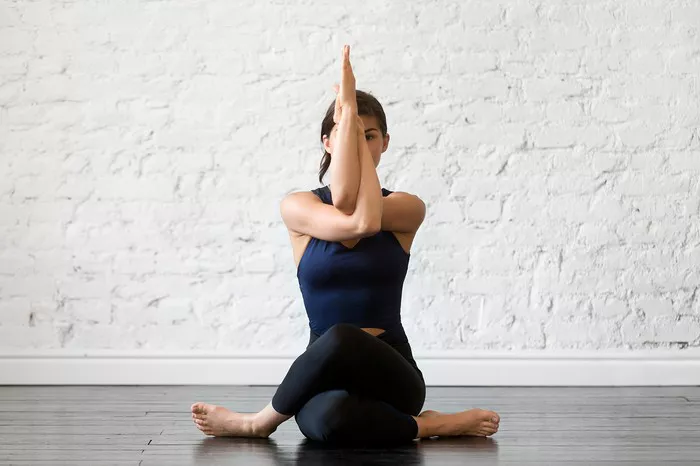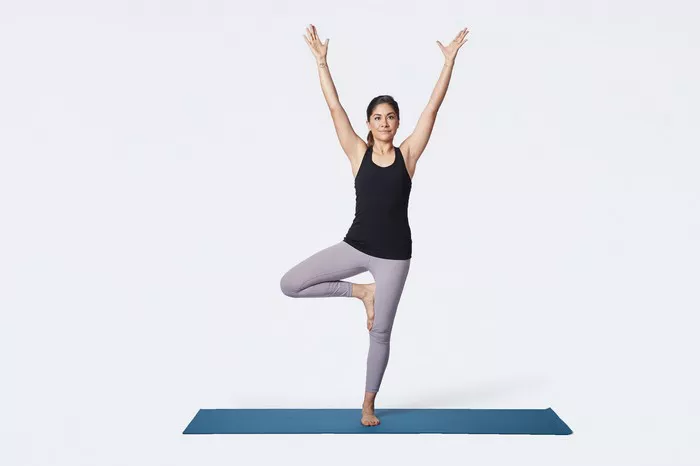Headaches are a common ailment affecting millions of people worldwide, impacting daily activities and overall quality of life. While over-the-counter medications offer temporary relief, they often come with side effects and fail to address the root cause of the pain. Yoga, specifically pranayama, offers a natural and holistic approach to alleviate headaches and promote long-term well-being. In this article, we delve into the precise techniques of yoga pranayama for headache relief, focusing on breath control and mindful practices.
Understanding Pranayama
Pranayama, derived from the Sanskrit words “prana” (life force) and “ayama” (extension), is the practice of breath control in yoga. It involves various breathing techniques aimed at regulating the flow of prana within the body, fostering physical and mental equilibrium. Pranayama is an integral component of traditional yoga practices, contributing to overall health and vitality.
Types of Headaches
Before delving into specific pranayama techniques, it is essential to understand the different types of headaches:
Tension Headaches: Characterized by a dull, aching pain and often attributed to stress, poor posture, or muscle tension.
Migraines: Typically accompanied by intense throbbing pain, nausea, and sensitivity to light and sound. Migraines may be triggered by various factors, including hormonal changes, certain foods, or environmental stimuli.
Cluster Headaches: Intensely painful headaches occurring in cyclical patterns or clusters, often around the eyes or temples. They are less common but highly debilitating.
Each type of headache may benefit from specific pranayama techniques tailored to alleviate the underlying causes and symptoms.
Pranayama Techniques for Headache Relief
1. Anulom Vilom (Alternate Nostril Breathing): Anulom vilom is a powerful pranayama technique that balances the flow of energy in the body and calms the mind. To practice:
a. Sit comfortably in a cross-legged position, spine erect, and shoulders relaxed.
b. Close your eyes and take a few deep breaths to center yourself.
c. Place your right thumb on your right nostril and your ring finger or pinky finger on your left nostril.
d. Close your right nostril with your thumb and inhale slowly and deeply through your left nostril.
e. Close your left nostril with your ring finger or pinky finger, release your right nostril, and exhale slowly.
f. Inhale through your right nostril, close it, and exhale through your left nostril.
g. Continue this alternate nostril breathing pattern for several minutes, focusing on the smooth, steady breath and the sensation of air moving through each nostril.
Anulom vilom helps release tension, improve oxygenation, and promote relaxation, making it beneficial for relieving tension headaches and reducing the frequency and intensity of migraines.
2. Sheetali Pranayama (Cooling Breath): Sheetali pranayama is particularly effective for alleviating migraines and calming the nervous system. This technique involves inhaling through the mouth while the tongue is rolled into a tube and exhaling through the nose. To practice:
a. Sit comfortably in a cross-legged position or on a chair with your spine straight.
b. Close your eyes and relax your facial muscles.
c. Roll your tongue into a tube or fold it against the roof of your mouth if you cannot roll it.
d. Inhale deeply and smoothly through the rolled tongue, allowing the breath to cool as it enters your mouth.
e. Close your mouth and exhale slowly and completely through your nose.
f. Continue this cycle of inhaling through the mouth and exhaling through the nose for several rounds, focusing on the sensation of coolness and relaxation.
Sheetali pranayama reduces body heat, calms the mind, and alleviates symptoms associated with migraines, such as sensitivity to light and sound.
3. Bhramari Pranayama (Bee Breath): Bhramari pranayama is a gentle yet potent technique that soothes the nervous system and promotes mental clarity. It involves producing a humming sound during exhalation, reminiscent of the buzzing of a bee. To practice:
a. Find a comfortable seated position and close your eyes.
b. Place your index fingers on your ears, thumbs on your temples, and remaining fingers lightly over your eyes.
c. Inhale deeply through your nose.
d. As you exhale, gently press your fingers against your temples to create a light pressure, and simultaneously make a humming sound like a bee.
e. Allow the sound to resonate throughout your head and gradually fade away.
f. Repeat this process for several rounds, focusing on the soothing vibration and the sensation of relaxation spreading through your head and neck.
Bhramari pranayama relieves tension, clears the mind, and reduces the intensity of headaches, making it beneficial for individuals experiencing stress-related or tension headaches.
4. Kapalabhati Pranayama (Skull Shining Breath): Kapalabhati pranayama is a dynamic breathing technique that increases oxygenation, improves circulation, and invigorates the mind. While it may not be suitable during the acute phase of a headache, regular practice can prevent and reduce the frequency of headaches by promoting overall well-being. To practice:
a. Sit comfortably with your spine straight and shoulders relaxed.
b. Take a few deep breaths to prepare.
c. Exhale forcefully and rapidly through your nose by contracting your abdominal muscles.
d. Allow inhalation to occur naturally as the abdomen relaxes.
e. Continue this rapid exhalation followed by passive inhalation for several rounds, gradually increasing the speed and intensity while maintaining a steady rhythm.
Kapalabhati pranayama increases energy levels, clears nasal passages, and promotes mental clarity, making it beneficial for preventing headaches caused by poor circulation or congestion.
Incorporating Pranayama into Daily Routine
To maximize the benefits of pranayama for headache relief, it is essential to incorporate these techniques into your daily routine:
Consistency: Practice pranayama techniques regularly, ideally in the morning or evening when the mind is calm and the body is relaxed.
Mindfulness: Cultivate mindfulness during pranayama practice by focusing on the breath, sensations, and thoughts without judgment or distraction.
Gradual Progression: Start with shorter durations and gradually increase the duration and intensity of practice as you build strength and familiarity with the techniques.
Listen to Your Body: Pay attention to how your body responds to each pranayama technique and adjust accordingly to avoid strain or discomfort.
Seek Guidance: If you are new to pranayama or have specific health concerns, seek guidance from a qualified yoga instructor or healthcare professional to ensure safe and effective practice.
By integrating pranayama into your daily routine, you can alleviate headaches, reduce stress, and cultivate a sense of well-being and balance in your life.
Conclusion
Yoga pranayama offers a holistic approach to headache relief, addressing the underlying causes and promoting overall health and vitality. By incorporating precise breathing techniques such as Anulom Vilom, Sheetali Pranayama, Bhramari Pranayama, and Kapalabhati Pranayama into your daily routine, you can alleviate headaches, reduce stress, and cultivate a sense of well-being and balance in your life. Consistency, mindfulness, gradual progression, and listening to your body are key aspects of successful pranayama practice. Remember to seek guidance from a qualified yoga instructor or healthcare professional, especially if you’re new to pranayama or have specific health concerns. With dedication and practice, you can harness the power of pranayama to manage headaches effectively and enhance your overall quality of life.

















